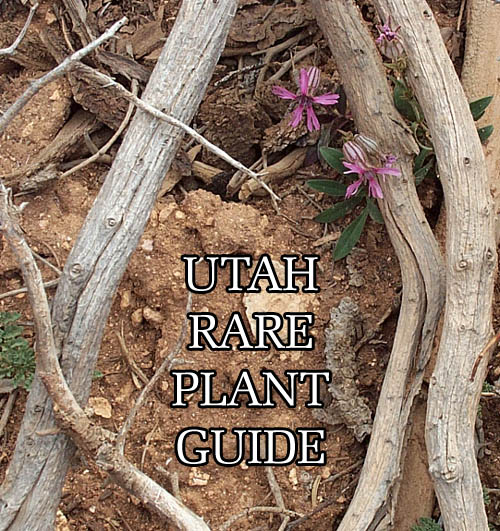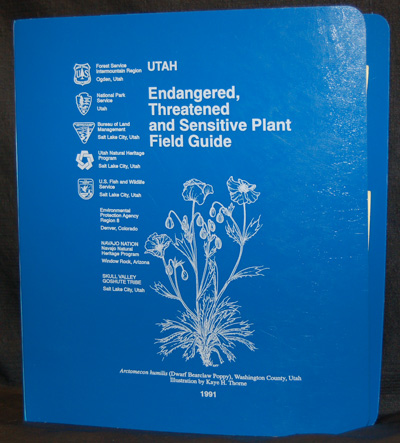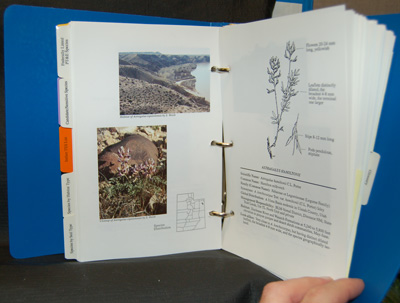https://www.utahrareplants.org/rpg_species.html?Genus_species target="_blank"
or https://www.utahrareplants.org/rpg_species.html?Genus_species_var_variety target="_blank"
Examples:
https://www.utahrareplants.org/rpg_species.html?Arctomecon_humilis
https://www.utahrareplants.org/rpg_species.html?Draba_maguirei_var_stonei
https://www.utahrareplants.org/rpg_species.html?Pediomelum_pariense
To simply link to the guide without linking to a specific species or variety:
https://www.utahrareplants.org/rpg.html
or
https:/www.utahrareplants.org/rpg_species.html



